So I am making a program where i can make, save and delete items from a database, but i want the id's of existing items to follow up on eachother. Example, I have these items:
| Id | Item name |
----------------------
| 1 | item 1
| 2 | item 2
| 3 | item 3
then when i delete item 2 i want it to be:
| Id | Item name |
----------------------
| 1 | item 1
| 2 | item 3
and not:
| Id | Item name |
----------------------
| 1 | item 1
| 3 | item 3
